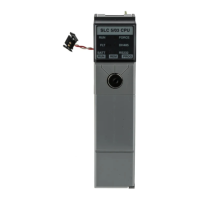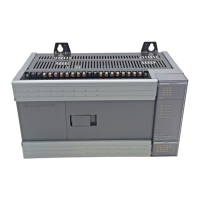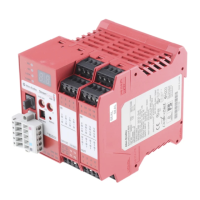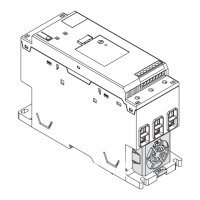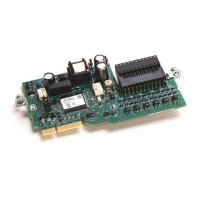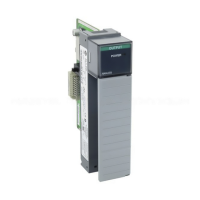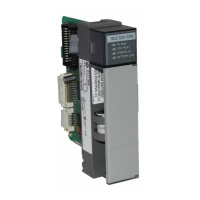2–6
Selecting Your Hardware Components
Publication
1747-6.2
Protocol Options
Ethernet TCP/IP Protocol — Standard Ethernet, utilizing the
TCP/IP protocol, is used as the backbone network in many office and
industrial buildings. Ethernet is a local area network that provides
communication between various devices at 10 Mbps. This network
provides the same capabilities as DH+ or DH-485 networks, plus:
• SNMP support for Ethernet network management
• optional dynamic configuration of IP addresses using a BOOTP
utility
• SLC 5/05 Ethernet data rate up to 40 times faster than SLC 5/04
DH+ messaging
• ability to message entire SLC 5/05 data files
• much greater number of nodes on a single network possible
compared to DH-485 (32) and DH+ (64)
Data Highway Plus (DH+) Protocol — The Data Highway Plus
protocol is used by the PLC-5 family of processors and the SLC 5/04
processor. This protocol is similar to DH-485, except that it can
support up to 64 devices (nodes) and runs at faster communication
(baud) rates.
DH-485 Protocol — The SLC 500 processors have a DH-485
channel that supports the DH-485 communication network. This
network is a multi-master, token-passing network protocol capable of
supporting up to 32 devices (nodes). This protocol allows:
• monitoring of data and processor status, along with program
uploading and downloading of any device on the network from
one location
• SLC processors to pass data to each other (peer-to-peer
communication)
• operator interface devices on the network to access data from any
SLC processor on the network
DF1 Full-Duplex Protocol — DF1 Full-Duplex protocol (also
referred to as DF1 point-to-point protocol) allows two devices to
communicate with each other at the same time. This protocol
allows:
• transmission of information across modems (dial-up, leased line,
radio, or direct cable connections)
• communication to occur between Allen-Bradley products and
third-party products
AB PLCs
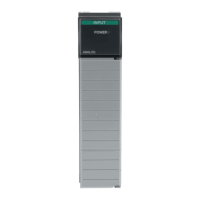
